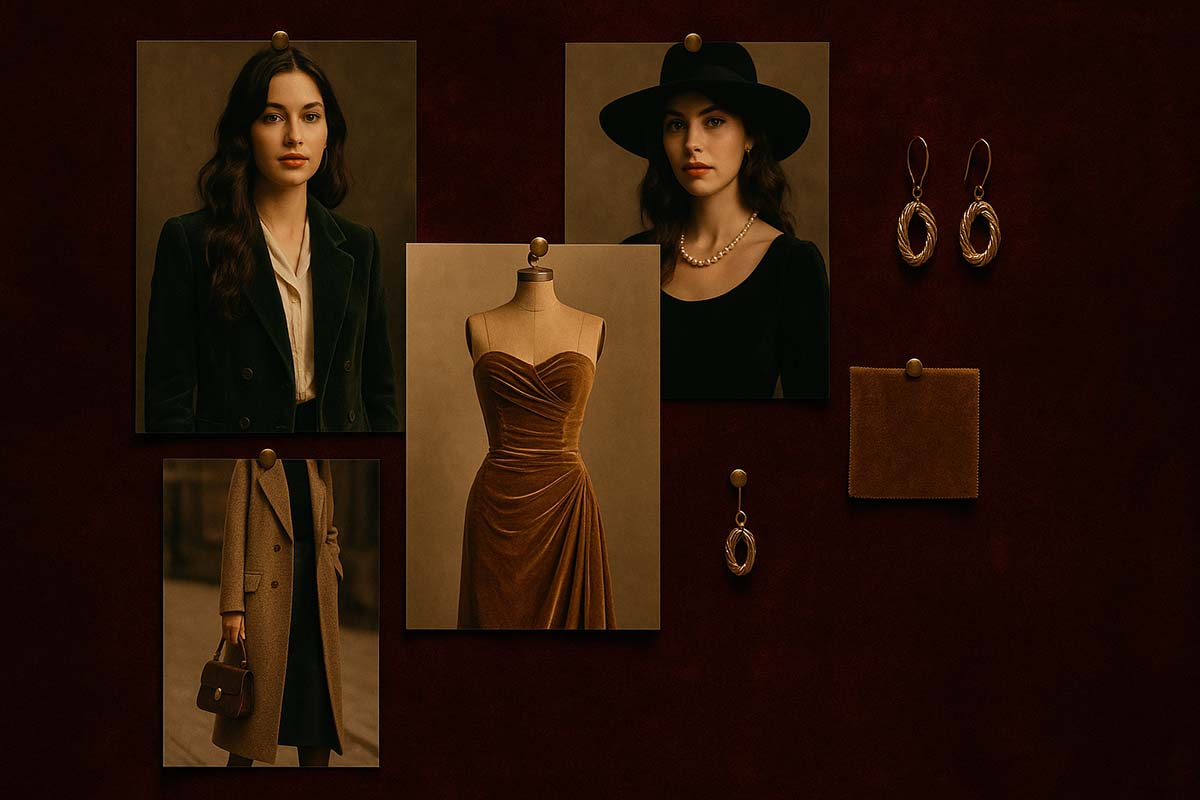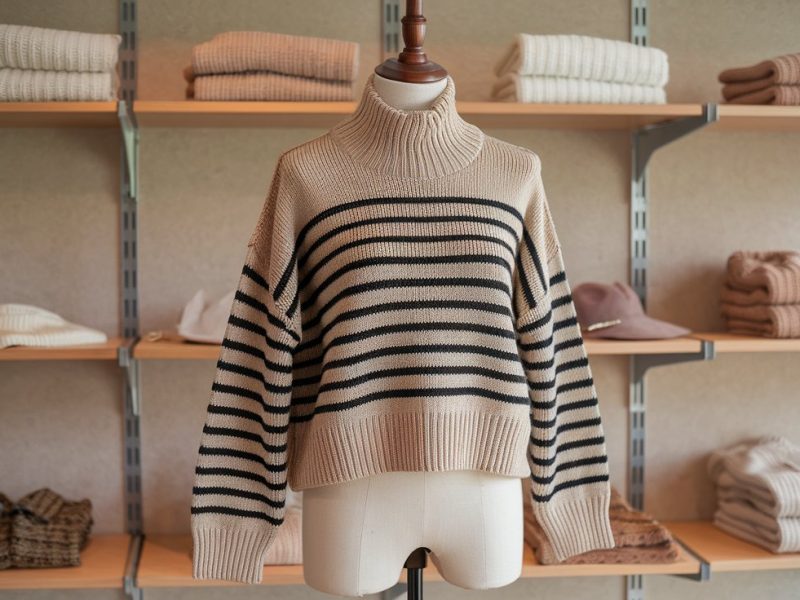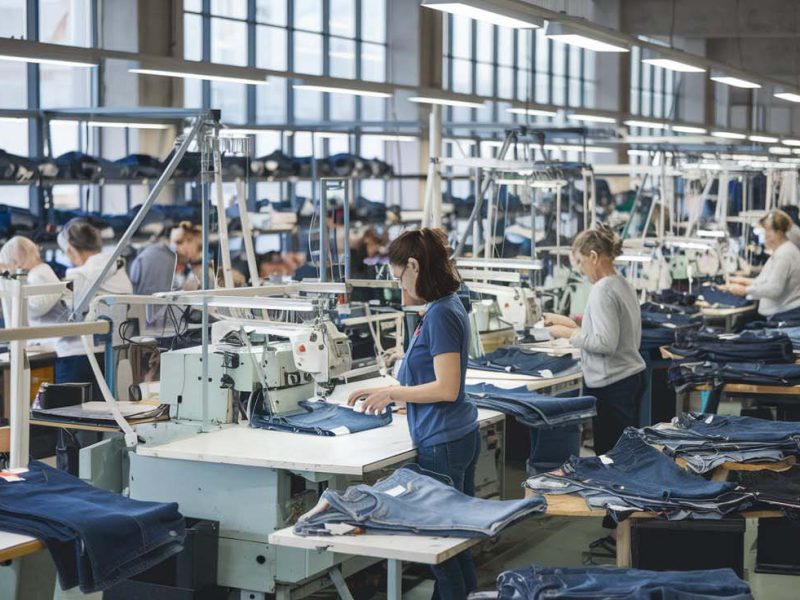The Vital Role of High-Quality Wallpapers in Fashion Mood Boards
The choice of wallpaper can make or break a fashion mood board. It’s more than just background design—it provides emotion, depth, and direction to your visual story. Whether you’re a content creator, brand stylist, or fashion student, high-resolution wallpapers help express your aesthetic ideas with clarity and consistency. They support the entire composition by enhancing the viewer’s emotional connection to your theme.
What You’ll Learn Here:
Why wallpaper quality matters for fashion mood boards
How to select the right type for your brand or project
Tips for customization and formatting for better presentation
Mistakes to avoid and workflow tips to improve design output
Building a Recognizable Visual Identity
Mood boards serve as a blueprint for visual storytelling. When planning a new fashion concept, the first impression always begins with how visually aligned your elements are. Wallpapers provide a backdrop that ties different parts of the board together. A well-selected wallpaper reinforces your brand message without overwhelming the garments or accessories you’re featuring. If you’re looking for cool wallpapers to kickstart your layout, choosing designs that fit your concept can make a lasting impression.
Let’s say you’re designing a capsule collection inspired by vintage elegance. A wallpaper with a velvet texture or soft metallic gleam can instantly evoke that mood. On the flip side, a sharp geometric wallpaper could push a bold, futuristic direction. When the backdrop complements the focal elements, the viewer absorbs the intended message more intuitively.
This is why fashion professionals—from luxury houses to independent creatives—place a premium on using premium wallpapers. It’s about achieving balance. Your wallpaper should act as silent support, never as visual noise.
Choosing the Right Wallpaper: Practical Tips
Your choice must be intentional. Begin with your theme. Ask yourself: what emotion or tone does this project require? Is it soft and romantic, raw and edgy, or clean and minimal?
If you’re aiming for a gentle aesthetic, go with light, airy hues—think lavender, blush, or powder blue. For urban collections, try textures like concrete or brushed metal. Minimalist styles call for muted tones and clean gradients. The wallpaper must amplify, not conflict with, the other images and fabrics in your board.
Another thing to watch out for is distraction. A wallpaper that’s too complex can fight for attention with your main visuals. Simplicity often works best. Avoid clashing patterns, unless they’re a core part of the fashion direction.
Top Wallpaper Types for Mood Boards
Wallpapers come in various forms and finishes. Not all are suitable for design boards, especially when accuracy and resolution matter. Here are some of the best options:
Textured Paper – Mimics real-world materials like canvas or linen; adds depth.
High-Resolution Digital Prints – Sharp and detailed, with scalable dimensions.
Vinyl Sheets – Excellent durability, perfect for printed or long-term boards.
Metallic Accents – Reflective, ideal for high-fashion or futuristic themes.
Each has its role. Textured paper adds tactile charm. Digital prints offer flexibility in editing and resizing. Vinyl is practical for busy design environments. Metallic finishes are bold and often used in editorial or event settings.
Understanding these options lets you match your wallpaper to your fashion concept and presentation context more effectively.
Why File Format and Resolution Matter
One of the most overlooked aspects of wallpaper selection is its technical quality. A stunning design can fall apart if the file resolution is too low. For printed mood boards, aim for 300 DPI or above. This ensures that colors stay rich and edges remain sharp even when scaled.
For digital presentations, monitor resolution and screen brightness are key. Stick with formats like PNG or TIFF. These preserve fine detail and are less prone to compression issues. JPEGs are convenient but often reduce clarity, especially in color gradients or subtle textures.
If you’re using slides or digital canvases, test the wallpaper across different screen sizes. What looks great on your desktop might appear pixelated on mobile or tablet displays.
Customizing Wallpapers: Tools and Techniques
To truly make your mood board stand out, don’t rely on ready-made designs alone. Use editing tools to shape wallpapers according to your vision. Software like Adobe Photoshop or Affinity Designer allows detailed adjustments.
Start by modifying hue and saturation to match your palette. If your theme is eco-conscious fashion, adding a green tint or earthy overlay may better reflect that. Layer masks let you blend your wallpaper with patterns like linen weave, floral embossing, or even stitched fabric.
You can also experiment with brightness and contrast to fine-tune the wallpaper’s tone. Try adding a subtle noise filter for a natural look, especially if the wallpaper feels too “flat” or synthetic. These tweaks help the background blend organically with your main design elements.
Real-World Applications in Fashion Design
Fashion professionals use wallpapers for more than just inspiration. They act as anchors for visual storytelling:
A French label preparing its summer launch created a pastel mood board with soft gradients in the background. The wallpaper tied everything together, from mood photos to textile swatches.
At New York Fashion Week, several runway setups featured chrome-toned wallpaper backdrops. These added futuristic depth to collections inspired by cyberpunk themes.
An independent designer in Tokyo used graffiti-style wallpapers to create a streetwear mood board that went viral on social media. The mix of raw texture and high-fashion elements attracted massive engagement.
These examples show how the right wallpaper doesn’t just support a theme—it helps shape it.
Mistakes That Can Harm Your Visual Impact
No matter how creative your concept is, avoid these common pitfalls:
Overly Busy Backgrounds: Too much detail can distract viewers and dilute the mood.
Clashing Colors: Be cautious with contrast, especially when your main visuals include strong hues.
Poor File Quality: Low-resolution files may look fine on screen but fail in print.
Ignoring Copyright: Always use licensed materials. Using uncredited designs can lead to legal issues or reputation damage.
Always preview your mood board across platforms. Print a small sample or view it on multiple devices to identify color or scale issues early.
How Wallpaper Supports Brand Consistency
In the fashion business, visuals are everything. A well-crafted mood board sets the tone for future campaigns, website design, product photos, and even packaging. Wallpaper helps glue all these visual elements together.
When your background matches your brand’s look and feel, it builds trust. It shows discipline and planning. If someone sees your mood board on Pinterest or Instagram, the consistency should lead them to recognize your brand instantly. That’s powerful visual memory at work.
Cohesive visuals also make collaboration easier. When marketers, designers, and photographers use the same reference point, execution becomes more aligned and efficient.
Efficient Workflow for Fashion Mood Boards
A good mood board is more than random images pasted together. It needs structure. Here’s a simple step-by-step flow:
Gather Materials – Look for textures, patterns, fabric swatches, and visual cues.
Define Your Style – Set the theme early, including fonts, colors, and references.
Pick the Wallpaper – Choose based on technical specs and emotional tone.
Edit and Integrate – Adjust colors, blend textures, and create harmony.
Test Your Layout – Check visual balance, spacing, and contrast on various screens.
Finalize and Save – Use high-res export settings to ensure clarity for both print and digital use.
This method keeps your process clean and focused, reducing errors and last-minute changes.
Where to Find Design Inspiration
Inspiration is everywhere. Platforms like Dribbble, Behance, and Pinterest provide countless examples of mood boards in action. Pay attention to how different designers balance patterns and empty space.
Also, observe how global fashion trends evolve. Many are now incorporating organic textures like recycled paper, terracotta finishes, and grainy surfaces that reflect sustainable design values. Subtle elements like these can align your board with broader cultural shifts.
For color ideas, visit sites that curate palettes from runway shows, art installations, or interior design. These palettes can guide wallpaper customization and enhance overall mood.
Wallpaper may seem like a small detail, but it often carries the emotional weight of a fashion mood board. Choose with care. Edit with intention. Test with precision. Whether you’re presenting to clients or developing a personal project, the background you use can define how your vision is received. Done right, it becomes a silent partner in your storytelling—always present, never overpowering.


